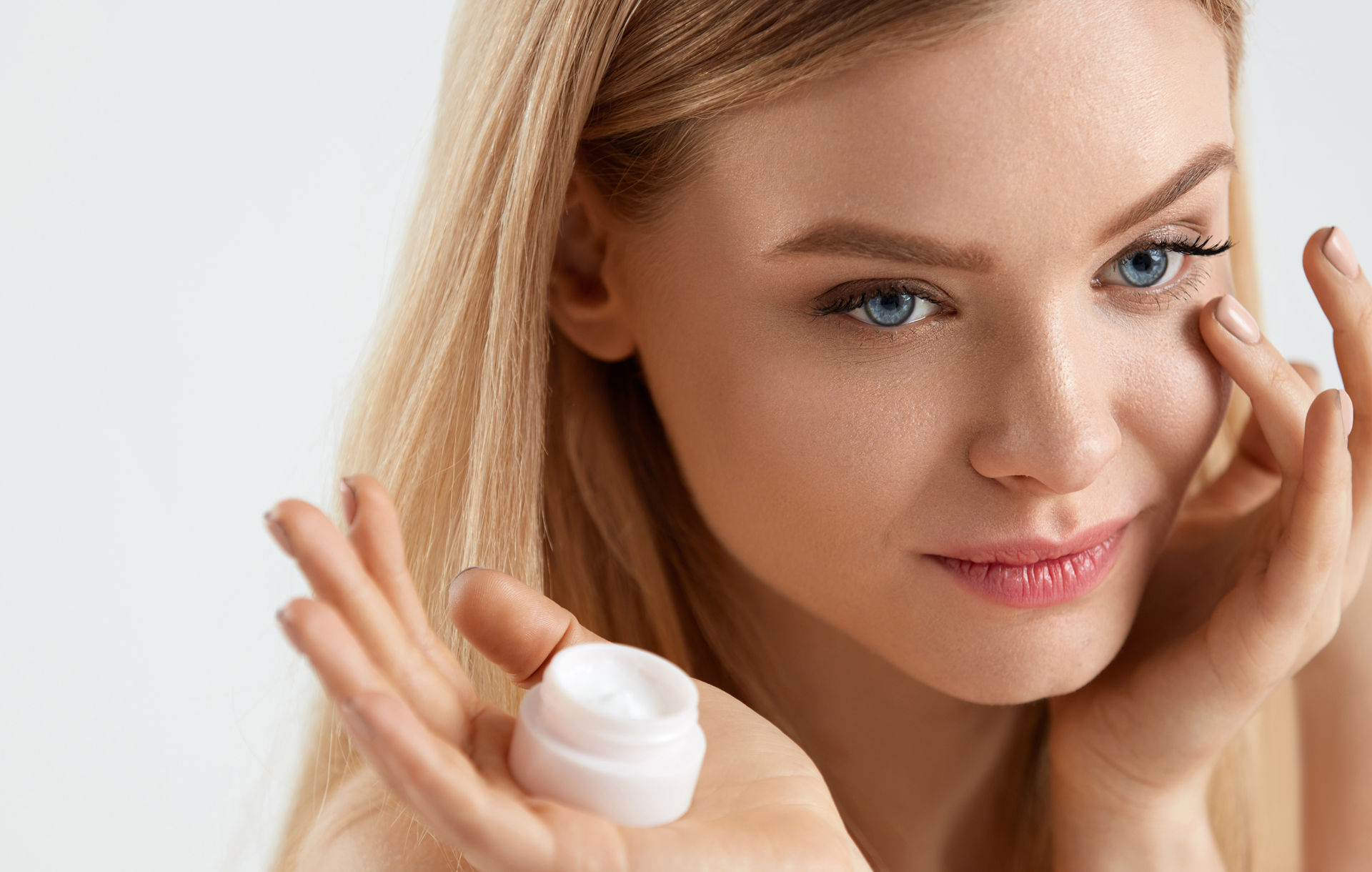Treating inflammatory skin conditions
Being able to recognize skin condition such as acne, rosoacea, psoriasis and dermatitis is an essential skill for estheticians. However, in order to help treat and soothe these conditions, a skilled esthetician must also understand the root cause of these conditions. For example, acne and Psoriasis are inflammatory conditions. Topical products can provide temporary relief, but educating clients regarding a non-inflammatory diet will create lasting and profound effects. Advise clients to avoid nightshades such as tomatoes, potatoes and eggplant, as these will cause inflammation. Undeniably, genetics play an important part in overall skin conditions; symptoms can either be triggered or alleviated by altering one’s lifestyle.
Acne
Acne is a disorder that affects approximately 85 percent of Americans between the ages of 12 and 24. It is recognized by the American Academy of Dermatology as the most commonly treated skin problem. Although millions of teenagers suffer from acne, adult clients with acne are on the rise. This fact may be attributed to the stress of our modern lifestyles and diets full of highly processed foods lacking in necessary nutrients.
Acne can be classified into four grades (I, II, III, and IV), depending on the number and severity of lesions. Grade one is considered the least severe, and is often called acne simplex. The scale runs through grade four, the most severe case, which developes deeper cystic and nodular lesions. Not only does the condition affect the client’s outward appearance, but also can have a devastating effect on self-confidence. Grade four clients should be referred to a dermatologist.
Types causes of acne include but are not limited to: hormonal, inflammatory, cystic, and bacterial. Contributing factors include:
- genetics
- oily skin
- allergies
- comedogenic cosmetics
- candida
- exposure to pollutants
- medication
It is not uncommon for dermatologists to prescribe oral medication to treat acne. Although these drugs may treat the problem, there are many negative side effects. Antibiotics deplete the body of both beneficial and harmful bacteria. Clients need to be reminded to replenish essential bacteria with probiotics to maintain healthy intestinal flora when using antibiotics. Tetracycline-type drugs cause the skin to become photosensitive, which can promote hyperpigmentation. Instead, try colloidal silver, a natural antibiotic (found in many health food stores). Colloidal silver can either be taken internally or applied topically to the affected area.
It is essential for clients with acne to increase their cellular turnover. Frequently, the cells of the stratum corneum (the outer most layer of the skin) do not shed fast enough, creating a buildup of surface cells, which trap oil and bacteria. Look for products containing alpha hydroxy acids, azelaic acid and retinol, as these components give the desquamation process a boost.
The Sugar Problem
There is a direct link between inflammation and sugar. There is a direct correlaskintion between proper nutrition and blemish-free skin. A study found an increase in acne occurrence in Japanese patients who switched to an American-style diet. Recommend a diet of raw fruits and vegetables, decreasing intake of processed food, with plenty of water to your clients.
Hot, Cold, and Acne
In the summer months, it is crucial to keep skin clean of excess oils and sweat. Avoid over-cleansing the skin with harsh chemicals during this time. Stripping the skin’s natural acid mantle will trigger more sebum production, thus triggering an outbreak.
The same goes for the dryness experienced in the winter months. It is tempting for clients to forego using a moisturizer during winter. Even acneic skin needs moisturizer; just make sure it is non-comedogenic. Suggest to clients they increase their essential fatty acid intake by supplementing their diets with oils such as evening primrose or flaxseed. This will help break up fatty deposits that block pores and restore healthy tissue.
Psoriasis
The root cause of psoriasis is unknown. Approximately seven million Americans are affected by this condition. This chronic, often debilitating disease generally appears between the ages of 15-25, but can arise at any age. There is a genetic component. If one parent has the condition, there is a 10 percent chance his/her offspring will have the condition. The odds jump up to 50 percent if both parents have psoriasis. Flare-ups of dry, irritated and cracked skin can last anywhere from a few weeks to several months, and they are itchy and painful. Smoking increases the probability and severity of flareups.
The Role of Skin Cells in Psoriasis
While normal skin sheds and renews about every 28 days, the skin cells in psoriasis sufferers mature and pass from the bottom layer of the skin to the epidermis in approximately eight days, causing an accumulation of scaly patches. In other words, the keratinocytes grow too fast and the corneocytes do not shed fast enough. This results in large, silvery-white or pinkish scaly patches forming on the skin of the arms, legs, knees, elbows, scalp, ears, palms and soles of the feet.
Psoriasis can be considered an inflammatory condition due to dilated capillaries. Aloe, virgin coconut oil, and apple cider vinegar applied topically can soothe psoriasis. Flaxseed oil and primrose oil supplements can help prevent dryness.
Remember that as estheticians, we are not qualified to diagnose these conditions. It is important that we are able to recognize certain skin disorders and diseases to provide guidance and referrals to physicians when necessary.
Use natural, non-toxic products as much as possible when designing treatment protocols. Steroids, antibiotics, and artificial chemicals contribute to wastewater contaminants. The more natural and healthy products used, the better for the individual and the enironment.













